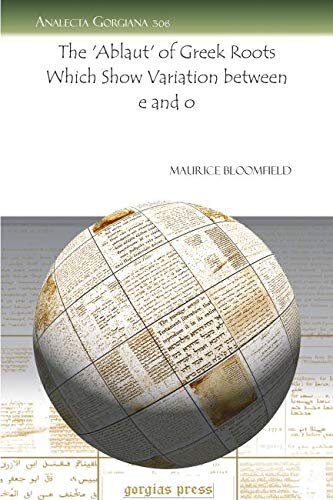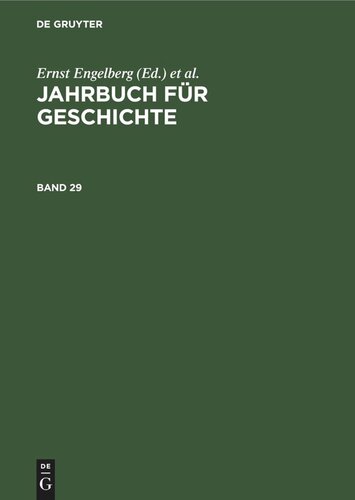-
Preface and Scope of the Study
-
Purpose of the inquiry
-
Definitions of ablaut and vowel gradation
-
-
Historical and Linguistic Background
-
Indo-European ablaut theory
-
Greek vowel alternation system
-
Relevance of e-grade and o-grade variation
-
-
Classification of Greek Roots Exhibiting E/O Ablaut
-
Thematic vs. athematic roots
-
Root categories by morphological behavior
-
-
Detailed Analysis of Representative Root Sets
-
Type I: Noun-forming roots (e.g., λέγω / λόγος)
-
Type II: Verb-forming roots (e.g., φέρω / φόρος)
-
Type III: Dual-behavior roots and irregularities
-
-
Mechanisms Behind the Alternation
-
Accent and morphological conditioning
-
Historical sound laws affecting vowel grade
-
Compensatory lengthening and analogical leveling
-
-
Comparison with Other Indo-European Languages
-
Sanskrit parallels
-
Latin and Germanic examples
-
PIE reconstructions and implications
-
-
Linguistic Implications and Conclusions
-
Greek phonological development
-
Broader Indo-European insights
-
Limitations and future research directions
-
-
Appendices
-
Appendix A: Table of e/o-grade root examples
-
Appendix B: Phonetic inventory and notation
-
Appendix C: Bibliographic notes on Greek root studies
-
-
Bibliography
-
Index of Greek Roots and Terms










